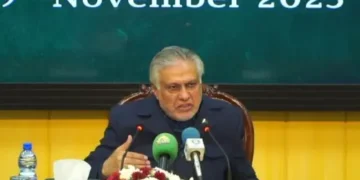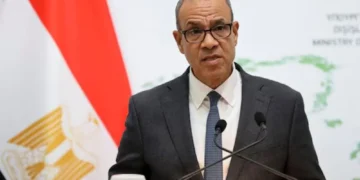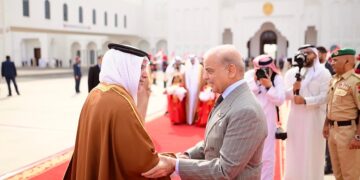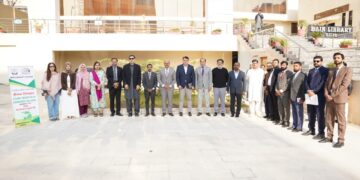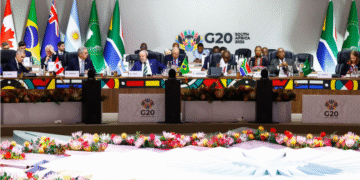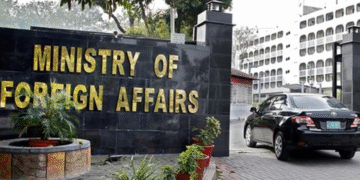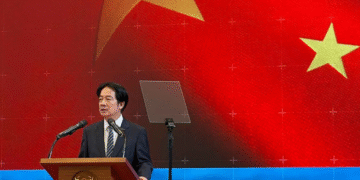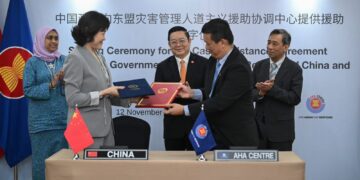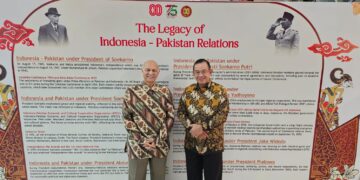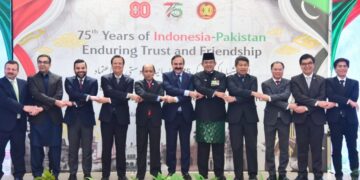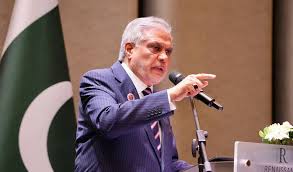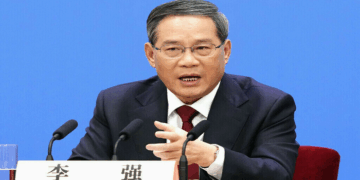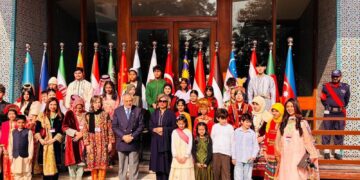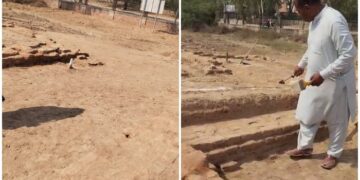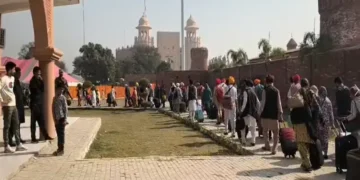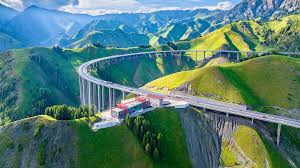Dr. Furqan Rao
Before the establishment of the People’s Republic of China in 1949, Xinjiang went through times of instability, marked by frequent ethnic and religious conflicts that left its communities fragmented and underdeveloped.
However, the breakthrough came when Xi Jinping took the oath of the President of China in 2013 and introduced reforms all over the country, including Xinjiang. He emphasized adopting a zero-tolerance policy in curbing terrorism from the Xinjiang Region and bringing prosperity for the people of the autonomous region under his counterterrorism and developmental reforms policy.
Due to the reforms and vision of the Chinese President, today, that same region has undergone a remarkable renewal. The Xinjiang Uygur Autonomous Region has emerged as one of China’s fastest-growing areas, recording major progress in economic development, infrastructure reform, and the safeguarding of cultural and religious freedoms. Once regarded as a remote frontier, Xinjiang now stands as a gateway for China’s trade with Central Asia and beyond, while continuing to preserve its diverse ethnic, historical culture, and religious traditions.
At a cultural center in Urumqi during this week, marking the 70th anniversary of the establishment of the Xinjiang Uygur Autonomous Region, Chinese President Xi Jinping emphasized that the remarkable transformations in Xinjiang over the past seven decades are a vivid testament to the historic journey of national rejuvenation.
In the past 70 years, China’s Xinjiang Uygur Autonomous Region has undergone remarkable changes, from a remote border to a strategic place for national development. In 2024, Xinjiang’s GDP exceeded 2 trillion yuan ($281.1 billion), maintaining a consistent growth trajectory. From 2012 to 2024, the region’s GDP expanded at an average annual rate of 7 percent, reflecting Beijing’s strong commitment to developing its western provinces.
The economy has shifted from relying mainly on agriculture to being dominated by services. Infrastructure development has been carried out with remarkable robustness. The once nearly non-existent transportation network now extends to a highway network spanning 231,900 kilometers, with all cities and counties interconnected through expressways. The railway system has grown from scratch to over 9,234 kilometers, including the world’s first desert loop railway. Aviation transport networks have also achieved leapfrog development, with the number of civil airports increasing from 12 to 28, establishing China’s most comprehensive aviation network. Xinjiang has experienced sustained population growth, with its permanent resident population rising from 21.82 million to 24.87 million between 2010 and 2018. The total population of Xinjiang reached 25.85 million by 2020, up from 4.78 million in 1953. The Uyghur ethnic group saw a notable 25.04% increase during this period.
Despite rapid modernization, Xinjiang continues to safeguard its cultural and religious heritage. For thousands of years, it has been home to multiple ethnicities and faiths, including Islam, Buddhism, Taoism, Protestantism, and Catholicism. Today, the region has more than 24,000 registered religious sites and thousands of clerics serving their communities. Mosques, churches, and temples operate legally, scriptures are available in Uygur and other local languages, and major festivals such as Eid, Christmas, and Buddhist celebrations are observed openly. According to the white paper CPC Guidelines for Governing Xinjiang in the New Era, the region “fully and faithfully implements the Communist Party of China’s policy on freedom of religious belief.” Religious institutions are permitted to manage their own internal affairs, while ethnic minorities retain the right to practice their faith, speak their languages, and preserve their cultural traditions. “Since 2001, Xinjiang has sent more than 70 clerics and students from the Islamic Institute to study at institutions of higher learning in Egypt, Pakistan and other countries,” said the white paper.
The growing partnership between Pakistan and China was reflected in President Asif Ali Zardari’s recent visit to Xinjiang. While touring Kashgar, President Zardari visited the historic Etigar Mosque one of the region’s oldest and most revered Islamic landmarks. Accompanied by local officials and Imam Maimaiti Juben, the president offered the Asr prayer and admired the mosque’s centuries-old architecture. His visit underscored both Pakistan’s respect for Islamic culture in Xinjiang and the deepening cooperation between the two countries.
According to data, religious freedom has been preserved throughout the development process, with 10 Islamic institutions in the region, and it has trained nearly 1000 clerics annually. On the occasion of the 70th anniversary of the Xinjiang development, it can be concluded that Xinjiang has maintained its social responsibility and cultural heritage while maintaining sustained economic development.
Xinjiang’s development is thus a story of reform and resilience, one where economic dynamism goes hand in hand with cultural preservation and religious coexistence. As China advances the Belt and Road Initiative, the region is set to play an even greater role in connecting East and West. Xinjiang is not only a hub of trade and industry, but also a land where faith, culture, and progress thrive side by side.
Pakistan needs to learn from the China’s developmental and reform policies in Xinjiang, as it is facing the same problems, such as insurgency and terrorism in Balochistan and Khyber Pakhtunkhwa by the banned outfits, and take strict measures to counter terrorism and bring prosperity in the provinces, which could lead towards in boosting economic growth and enhancing infrastructure, besides improving the lifestyle of the people.
The writer is a senior journalist, GFCN Expert, a former fellow of ICFJ, and a PhD from Tsinghua University. He can be reached at furqanrao68@yahoo.com.



